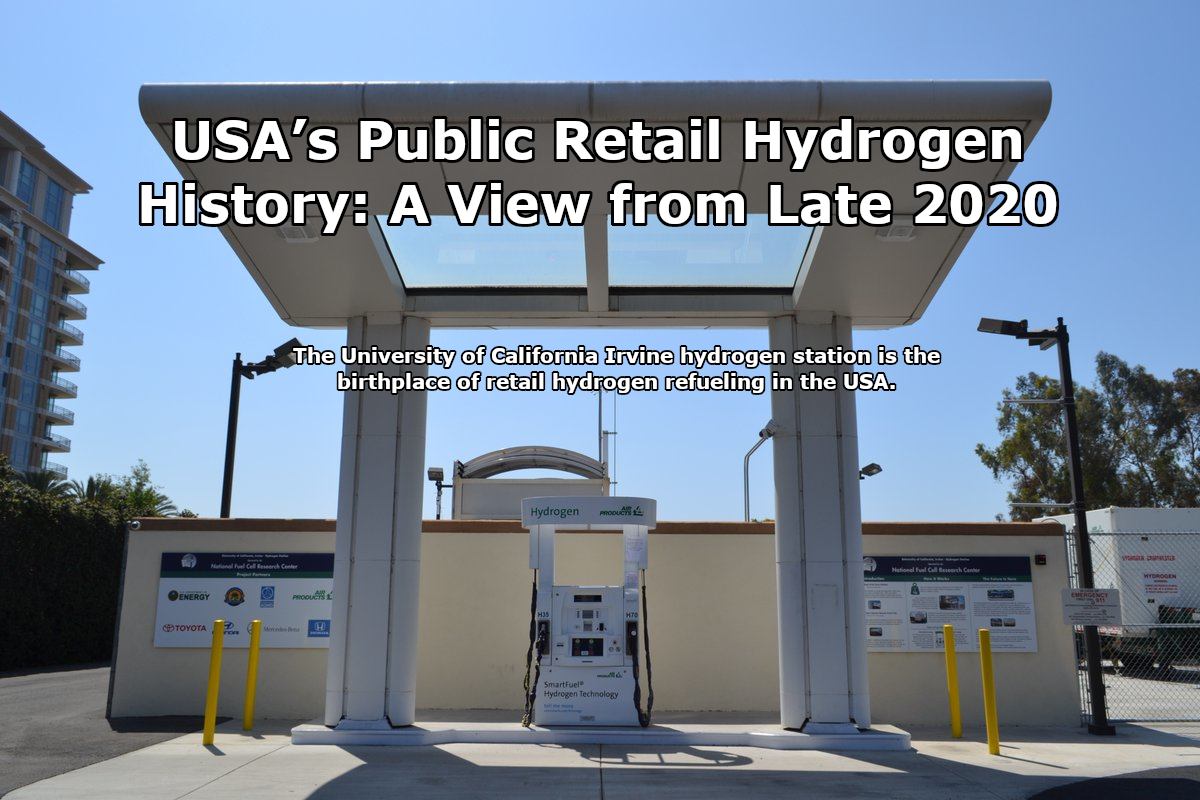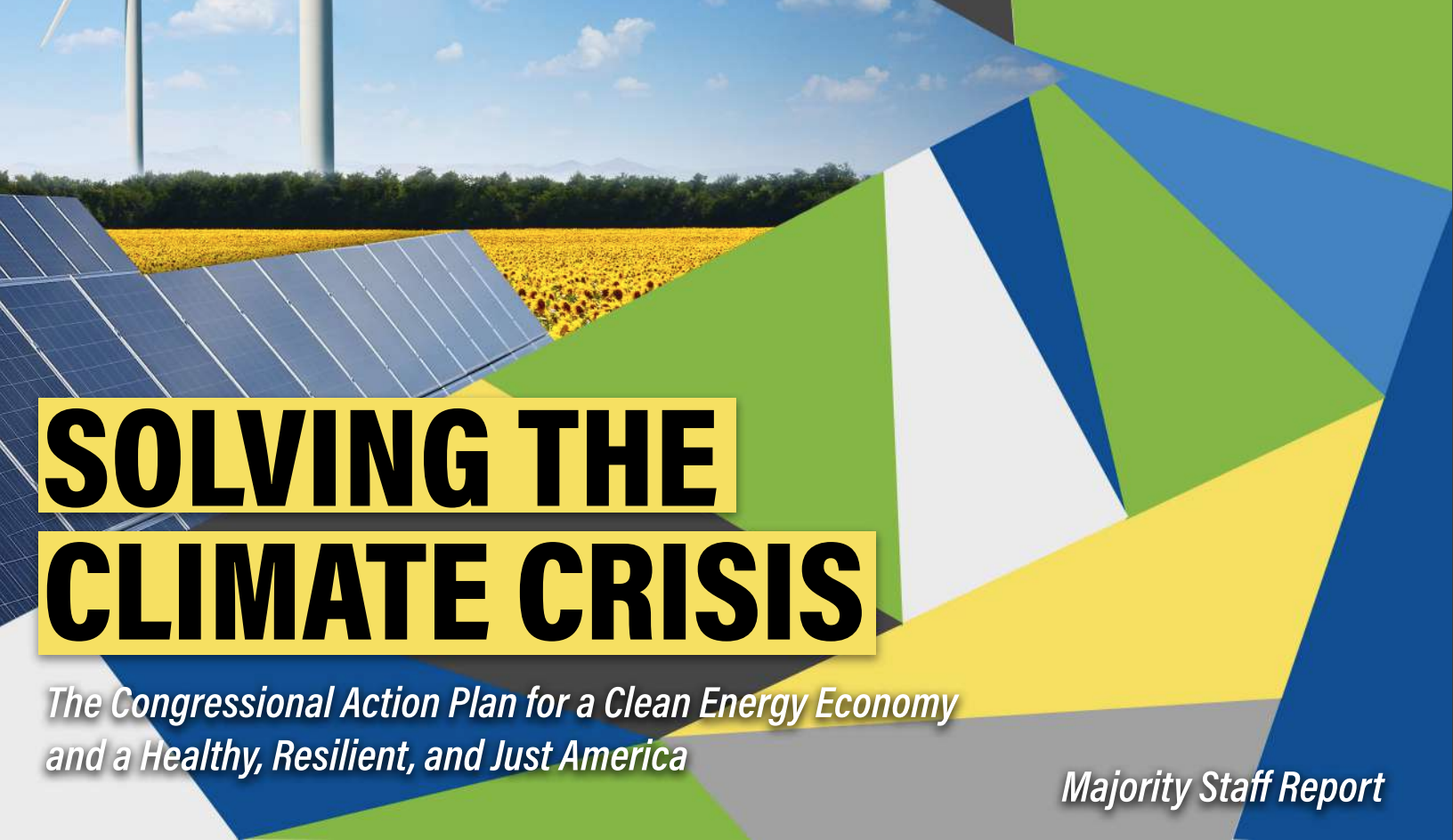Tag: legislature
-

USA’s Public Retail Hydrogen History: A View from Late 2020
The new hydrogen stations opening in California are not like the ones from four years ago, they’re massive. These new stations have 1,200kgs of capacity & can be replenished in a couple of hours and keep on refueling. These new stations mark a step change in hydrogen refueling scale and represent a great time to…
-

Solving the Climate Crisis – Document Review
The Select Committee on the Climate Crisis recently published (June 2020) a massive (547 page) & comprehensive report called “Solving the Climate Crisis”. The report was prepared by the Majority Committee Staff of the 116th US Congress pursuant to H.RES.6. RMP is a non-partisan organization and wanted to give a review of this report as…
-

Carbon Capture & Sequestration (#CCS) – Michigan’s Leading Role
Michigan is playing a leading role in Carbon Capture & Sequestration (#CCS). Developing solar & wind as renewable energy resources is very important, but there is a reality that fossil fuels will provide a majority percentage of global energy for many decades to come even if every single world citizen & legislator focused on eliminating…
-

Michigan Oil & Gas Monthly – March 2016
It was the slowest of times, it was the busiest of times. The first quarter of 2016 has been the slowest ever in Michigan oil & gas activity as it relates to new applications and permits. But, it has been the busiest time ever for applications and permits to connect Michigan Antrim wells up to…
-

Michigan Law 101 – How A Bill Becomes A Law
respectmyplanet.org advocates for legislation that will help support the development and the manufacture of fuel cells and energy from waste. This post goes over the basics of how Michigan’s legislative process works. It is important to have a simple overview of how our Michigan Legislature works to make it easier to understand and follow a…